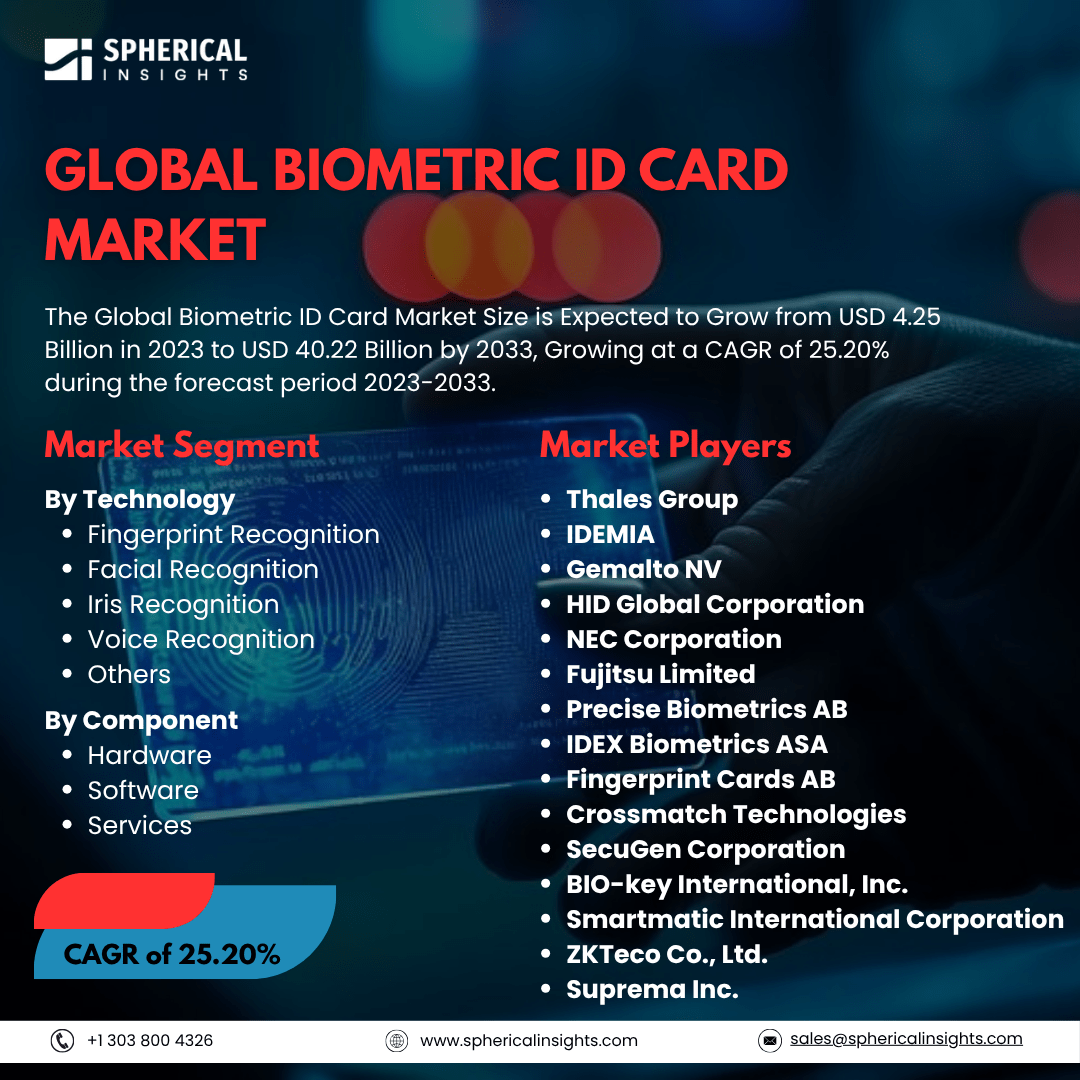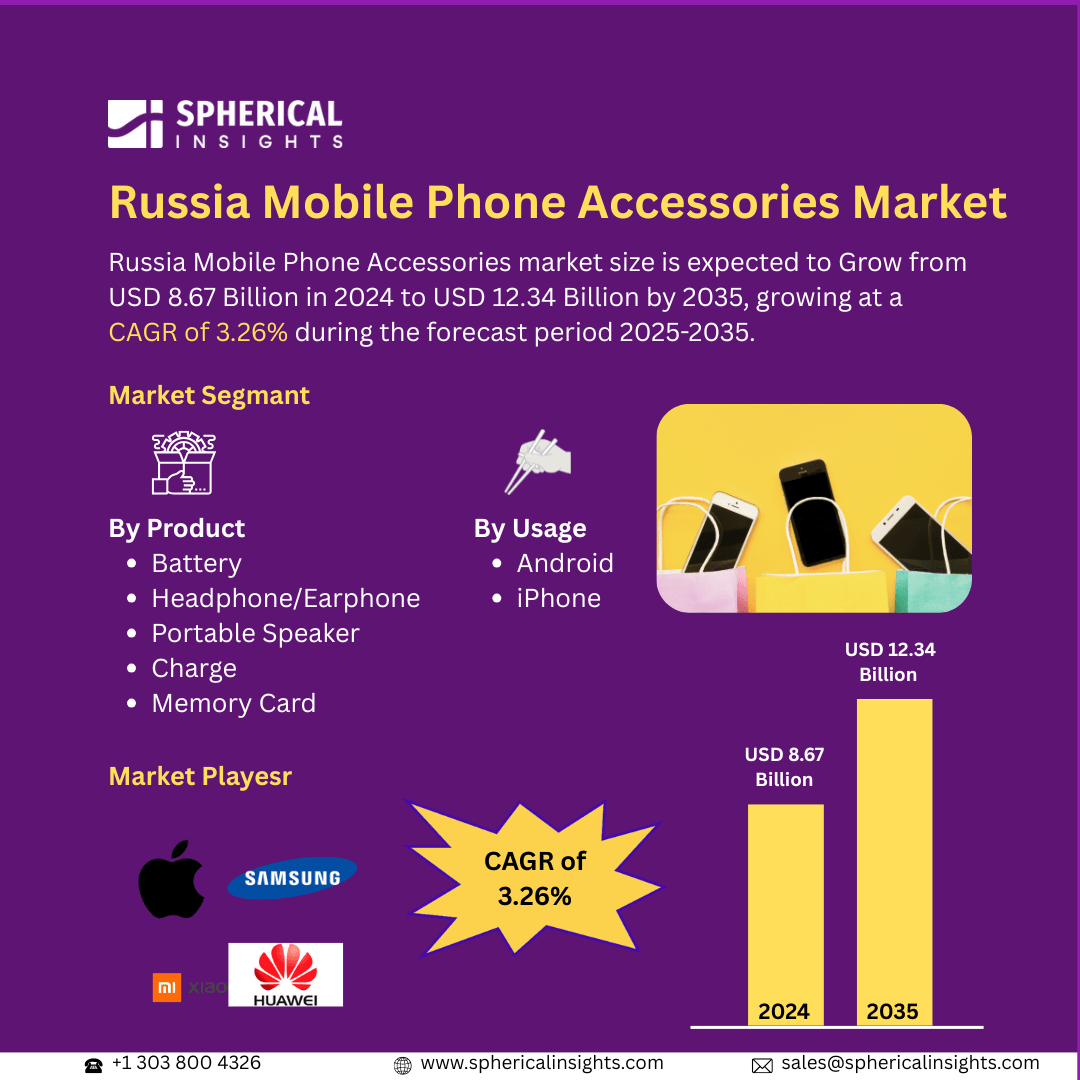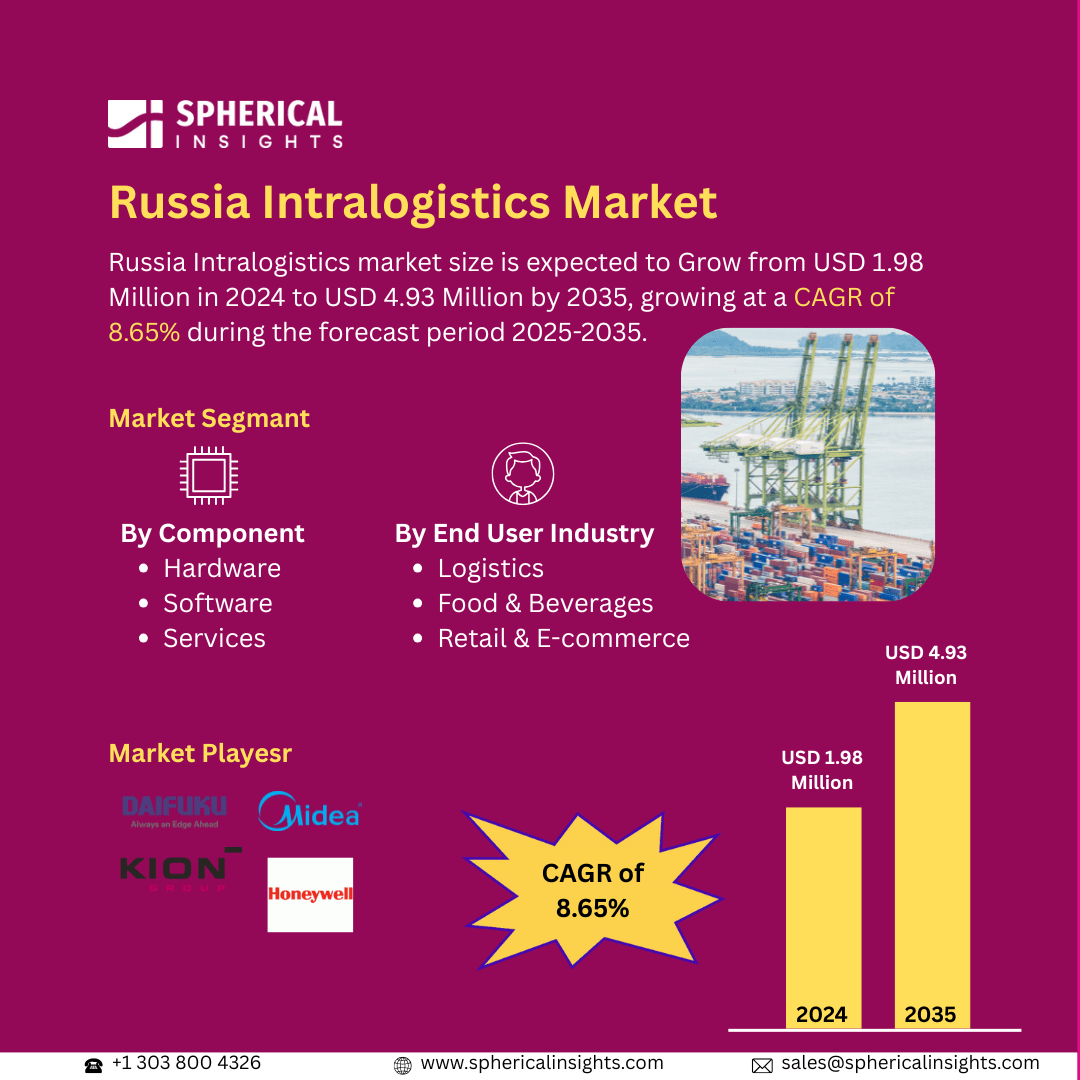Global Biometric ID Card Market Size To Exceed USD 40.22 Billion By 2033
According to a research report published by Spherical Insights & Consulting, The Global Biometric ID Card Market Size is Expected to Grow from USD 4.25 Billion in 2023 to USD 40.22 Billion by 2033, Growing at a CAGR of 25.20% during the forecast period 2023-2033.
Browse 210 market data Tables and 45 Figures spread through 190 Pages and in-depth TOC on the Global Biometric Id Card Market Size, Share, and COVID-19 Impact Analysis, By Technology (Fingerprint Recognition, Facial Recognition, Iris Recognition, Voice Recognition, and Others), By Component (Hardware, Software, Services), and By Region (North America, Europe, Asia-Pacific, Latin America, Middle East, and Africa), Analysis and Forecast 2023 - 2033.
The global biometric ID card market is described as a business that assists the IT sector in introducing the production and application of ID cards that use biometric technology for identification and secure authentication. These cards analyze unique physiological features, such as fingerprints, facial recognition, iris scans, or voice recognition, to verify the identity of the holder. The market growth is driven by advancements in biometric technologies and the growing need for secure identification systems in various sectors for preventing malware activities. Moreover, the government-related sector, like the defense department, law enforcement, contributed to the significant revenue share for this market growth. However, the probability of a data breach leading to major security concerns prevents their widespread adoption.
The iris recognition segment held a significant share of the global biometric ID card market in 2023 and is predicted to grow at a rapid pace over the forecast period.
On the basis of the technology, the global biometric ID card market is differentiated into fingerprint recognition, facial recognition, iris recognition, voice recognition, and others. Among these, the iris recognition segment held a significant share of the global biometric ID card market in 2023 and is predicted to grow at a rapid pace over the forecast period. This segment growth is driven by its reliable and secure authentication mechanism is offered by the distinctive patterns of the iris and used by government and defense industries for recognition of immigration and border control surveillance.
The hardware segment accounted for the highest share of the global biometric ID card market in 2023 and is expected to grow at a substantial CAGR over the forecast period.
On the basis of the component, the global biometric ID card market is segmented into hardware, software, and services. Among these, the hardware segment accounted for the highest share of the global biometric ID card market in 2023 and is expected to grow at a substantial CAGR over the forecast period. This is due to collect and processing biometric data with accurate and secure identification systems is required, and there is a requirement for sophisticated premium sensors like fingerprint sensors and facial recognition cameras.
North America is estimated to hold the highest share of the global biometric ID card market over the forecast period.
North America is expected to hold the highest share of the global biometric ID card market over the forecast period. The regional market growth is influenced by strict security laws and widespread adoption of cutting-edge technologies, and the presence of leading biometric technology suppliers.
Europe is anticipated to grow at the fastest CAGR of the global biometric ID card market over the forecast period. The regional market growth is accelerated because of the adoption of biometric ID cards in several industries, with a growing emphasis on security measures resulting in substantial investment.
Company Profiling
Major vendors in the global biometric ID card market are Thales Group, IDEMIA, Gemalto NV, HID Global Corporation, NEC Corporation, Fujitsu Limited, Precise Biometrics AB, IDEX Biometrics ASA, Fingerprint Cards AB, Crossmatch Technologies, SecuGen Corporation, BIO-key International, Inc., Smartmatic International Corporation, ZKTeco Co., Ltd., Suprema Inc., and others.
Key Target Audience
- Market Players
- Investors
- End-users
- Government Authorities
- Consulting And Research Firm
- Venture capitalists
- Value-Added Resellers (VARs)
Recent Development
- In April 2025, Cambodia introduced biometric ID cards with QR codes to enhance digital services and streamline public administration. This initiative aimed to improve accessibility and efficiency in delivering essential services, especially in remote areas. Mobile services were deployed to ensure that citizens, including students, could conveniently apply for these ID cards.
Market Segment
This study forecasts revenue at global, regional, and country levels from 2023 to 2033. Spherical Insights has segmented the global biometric ID card market based on the below-mentioned segments:
Global Biometric ID Card Market, By Technology
- Fingerprint Recognition
- Facial Recognition
- Iris Recognition
- Voice Recognition
- Others
Global Biometric ID Card Market, By Component
- Hardware
- Software
- Services
Global Biometric ID Card Market, By Regional
- North America
- Europe
- Germany
- UK
- France
- Italy
- Spain
- Russia
- Rest of Europe
- Asia Pacific
- China
- Japan
- India
- South Korea
- Australia
- Rest of Asia Pacific
- South America
- Brazil
- Argentina
- Rest of South America
- Middle East & Africa
- UAE
- Saudi Arabia
- Qatar
- South Africa
- Rest of the Middle East & Africa



